The tektite known as Moldavite has been a frequently faked item for years – and recently, the prices have risen further.
To be perfectly clear – there is genuine Moldavite; it is a green tektite glass from the Czech Republic.
The largest mine in Czechia is currently closed, and the prices are rising dramatically. There are issues with illegal black market mining for Moldavite in the Czech Republic, and, of course, thousands of fakes coming out of China.
It is extremely difficult for the uninitiated to spot a fake piece of rough Moldavite; it is slightly easier with faceted or polished pieces due to inclusions known as ‘lechatelierite’.
However, it is reasonable to say that the majority of collectors could not identify a fake specimen with absolute certainty.
Be very wary when purchasing, even from trusted sellers. They might trust their wholesalers to provide authentic specimens and have no idea that they are selling fakes.
How do I identify fake Moldavite?
I do not really think there is a reasonable, repeatable and easy test for identifying Moldavite. Sorry.
With that said, there are a few things you can look out for. I have also included links to a few respected publications/websites at the bottom of this post.
Source:
- Where are you buying from? Sites like eBay and Wish are rife with fakes.
- Is the seller established, with feedback and reviews covering years?
- Moldavite comes from the Czech Republic – it is unlikely it will be exported to China and then sold internationally at a cheap price!
Visual inspections:
A difficult one. It can be extremely difficult to tell the difference, even with the piece in front of you.
- Moldavite ranges from opaque to transparent. The more transparent pieces are more prized and are significantly rarer.
- Faceted or polished Moldavite is much easier to identify than natural/rough specimens. Under magnification, polished pieces will have ‘worm like’ or ‘wire like’ inclusions of lechatelierite, which so far has not been faked.
- Moldavite is not fluorescent under UV light, but not all of the synthetics are either.
- Natural Moldavite does not have a ‘wet’ look, as melted glass does. However, the synthetics are getting better at faking this by acid washing glass.
Photos:
Photos are not the best method of identifying fake minerals, unfortunately, but there is one technique you can use that may help to identify the most common fakes and scammers.
I have removed all names and web addresses from the images below, because as I said – it is not reliable to identify fake pieces from photos most of the time and in the (unlikely, lol) event that any are genuine, I would not want to imply a real seller is a scammer.
Please note, however, that this will not work with every image, and does not necessarily guarantee the piece is fake but does raise some major red flags.
I started off looking at the first listing that popped up on eBay. 43 sold at an unrealistically low price and 97.1% feedback. So far so many red flags.
If you’re using a computer or laptop you can press ‘See feedback’ next to the ’43 sold’ to see any feedback specifically about this item. It seems a lot are convinced this is real.
I’d just like to draw attention to how this user is “One of eBay’s most reputable sellers.”. Their account was registered in China, but is UK VAT registered and ships from the UK. Not always a red flag, but rarely a good sign.
Having a look at their other items, we can see a broad range of cheap items; I would advise you to not buy Moldavite from the same place you get your water butt taps.
A lot of the time sellers can be subtly dishonest and hide the truth; some may just lie to your face.
Google highlights numerous websites that use this image – which is the original? (and was it genuine then?)
This one made me laugh. The same photo claiming to be natural and synthetic… the synthetic presumably costs more because its UK based!
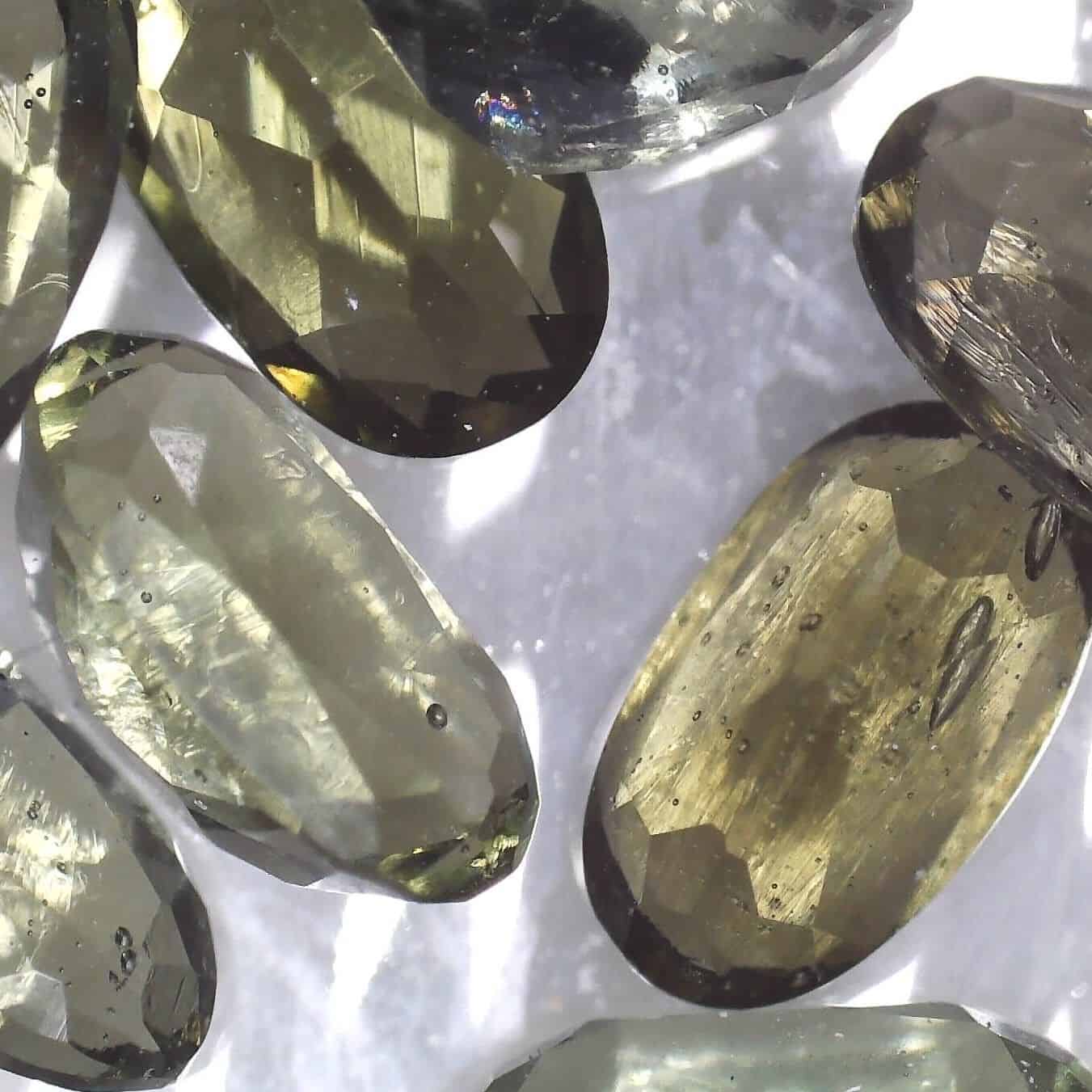
Genuine faceted Moldavite, with several pieces showing Lechatelierite.

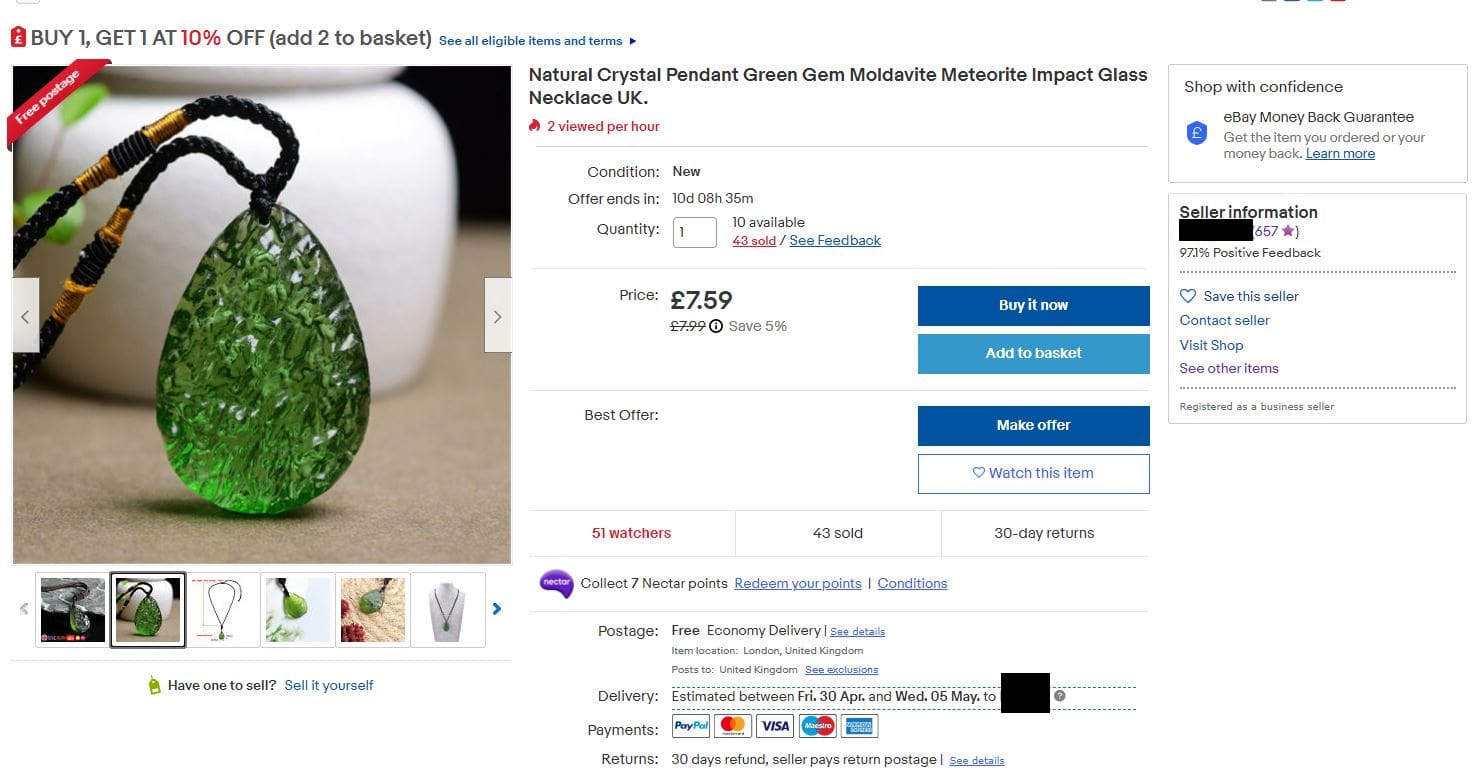
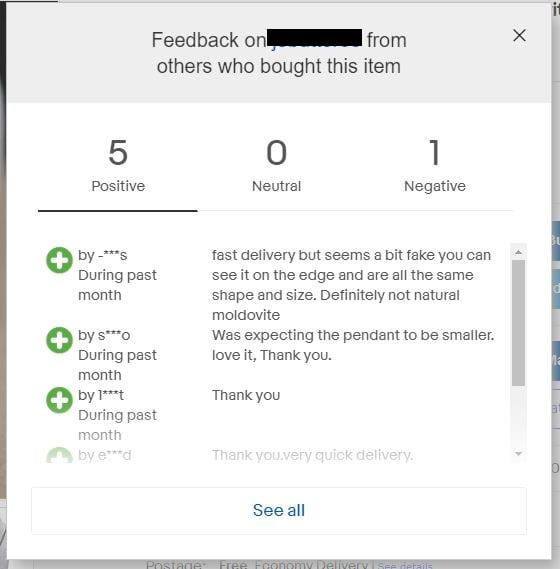
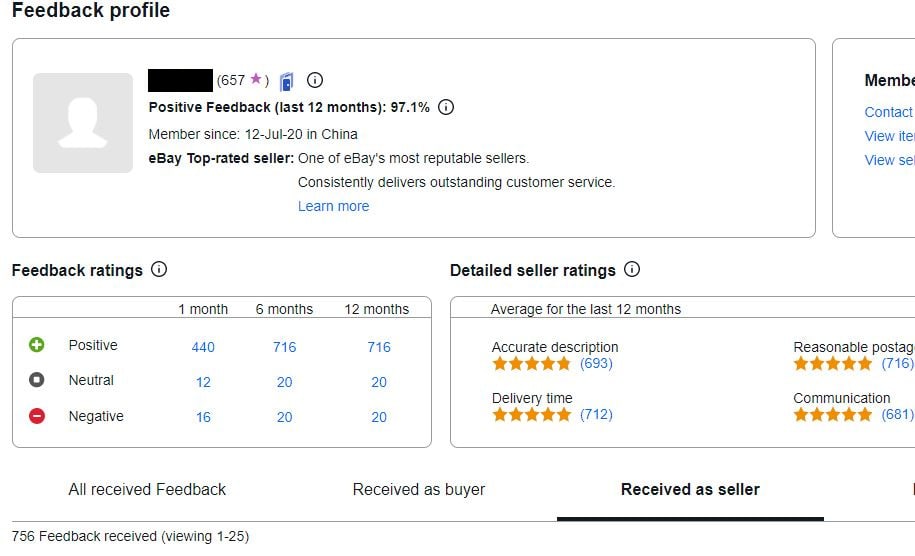
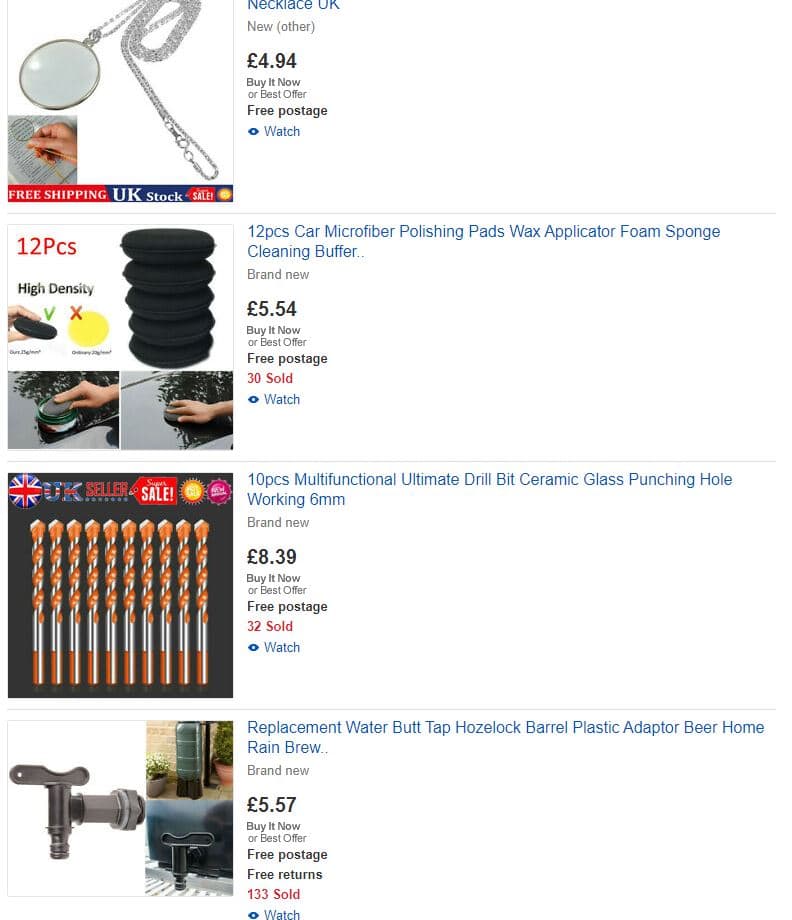

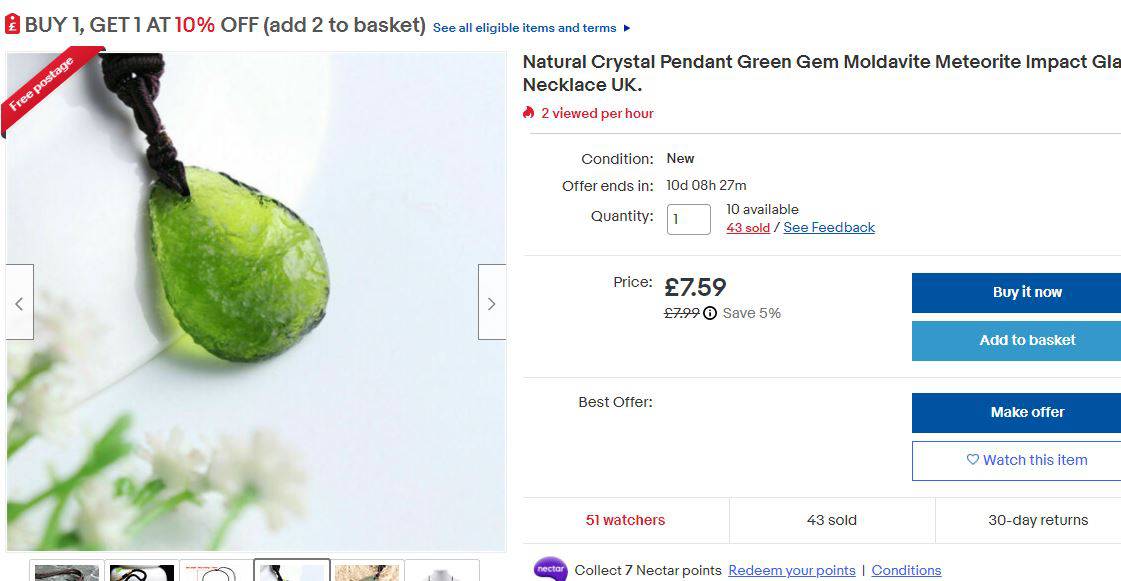
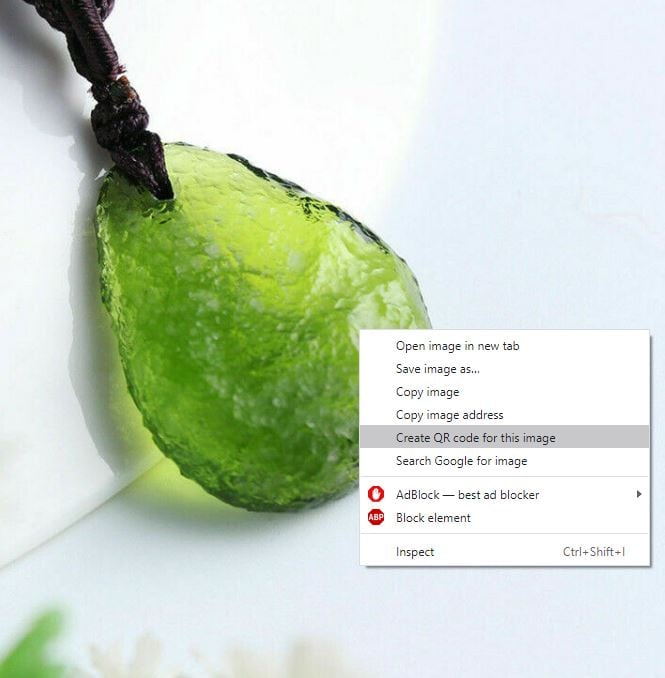
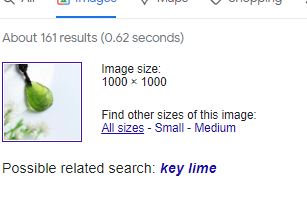

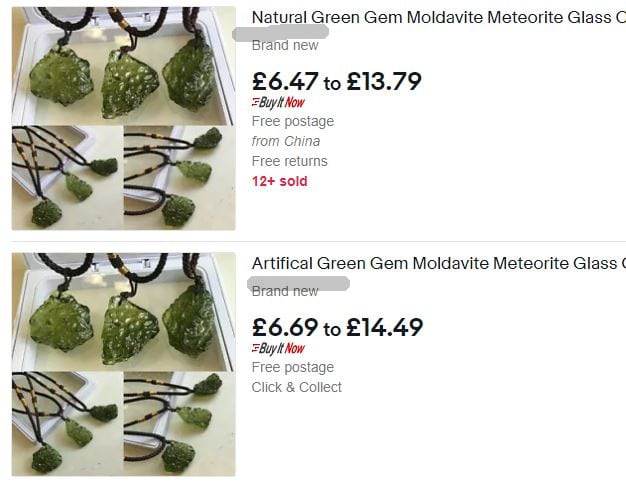
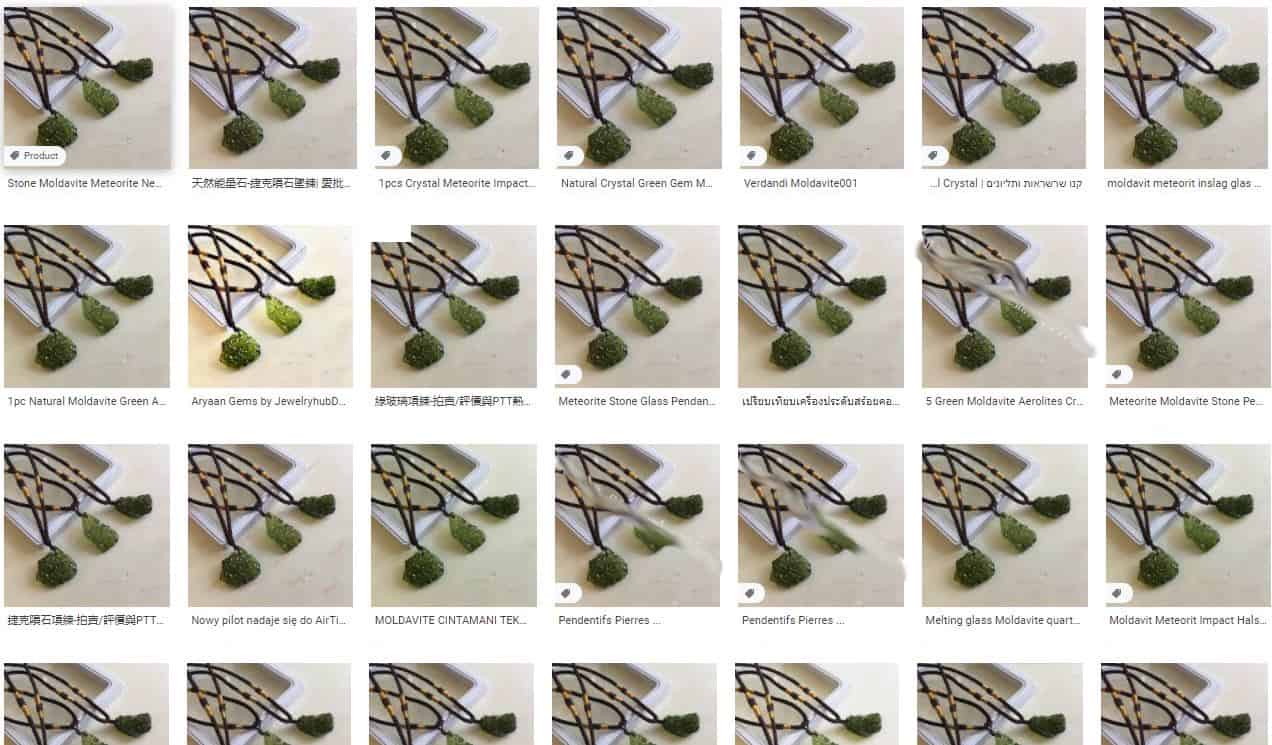
Does moldavite melt ice? Like some crystals do?
I have no idea to be honest.
Can you please tell me if you think my moldavite is real
Sure, if you want to email a photo to [email protected] I can have a look – but bear in mind identifying items from a photo is far from the best way. You may be better served asking a local shop if there is one.
it’s said to be the glass that was created by the impact of the meteor that hit the earth long ago in the chech republic and possibly could contain traces of other worldly minerals but that’s unlikely. so, it’s not a common trait for moldavite to melt ice.